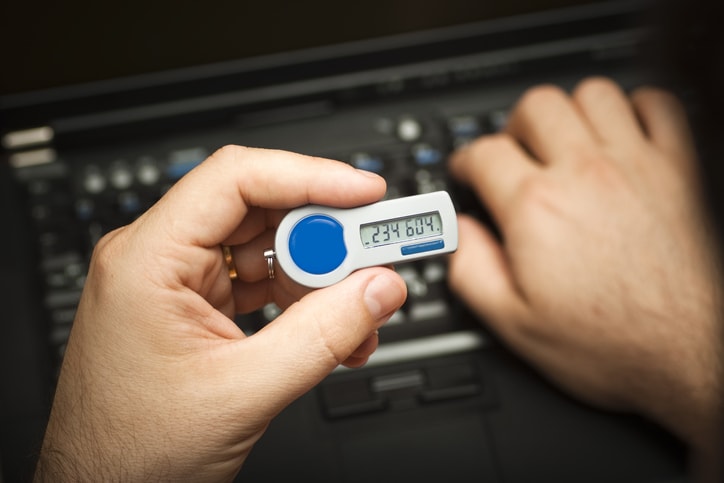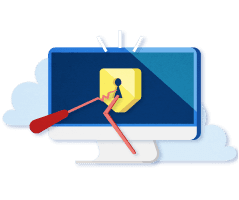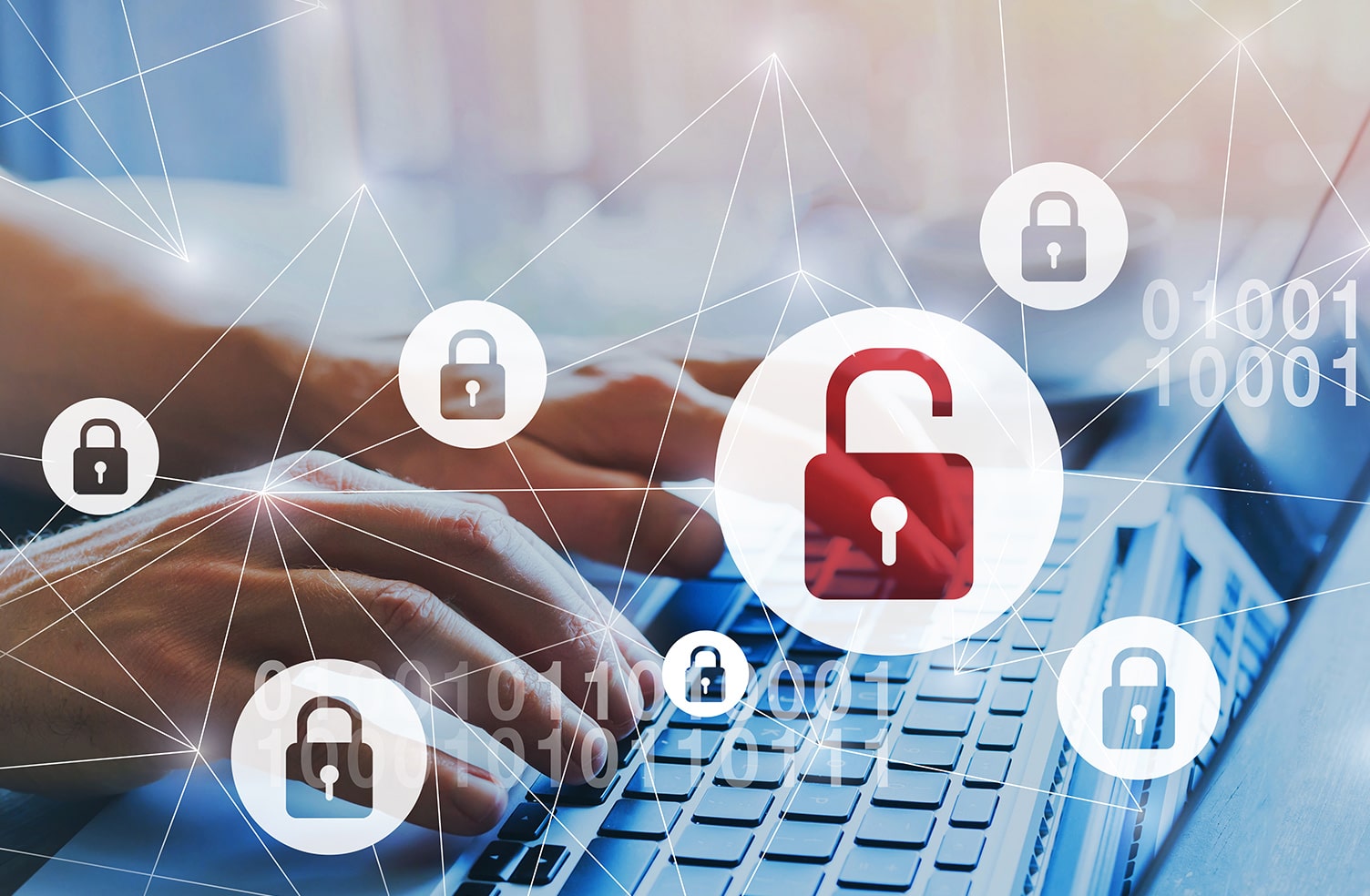
What is two-factor authentication?
Two-factor authentication, or multifactor authentication, adds an extra layer (or multiple) of security to the platforms or systems you access. While the first level is typically a username/password combination, the second can be:
- Something you know – an additional passcode, pin, answer to a security question, pattern, etc.
- Something you have – a mobile phone, security token, key fob, etc.
- Something you are – your voice, fingerprint, etc.
Why is two-factor authentication important?
Passwords are the common form of authentication but a password alone is not enough to safeguard you from attack. Hackers are hungry for passwords, and they can typically crack them in just a few hours (if that). Because most people use the same password for multiple platforms, once a hacker has cracked it, there’s no stopping them. The vulnerability of passwords is one of the main reasons two-factor authentication should be utilized. With two-factor authentication, a hacker needs more than just a username/password to gain access. While there is no such thing as absolute security, two-factor or multifactor authentication helps considerably.
Not only can two-factor authentication make it harder for a hacker to gain access to your data, it will likely make you less attractive of a target. When faced with this challenge, most hackers will simply move along and find easier prey.
What else can I do to protect my data?
In addition to employing two-factor authentication:
- Encourage employees to create strong passwords and vary them between platforms
- Don’t allow employees to save passwords on their devices
- Have a proper backup and disaster recovery program in place
- Keep up with regular software updates
- Educate employees on the importance of security
Work with a trusted managed security service provider who can help you employ two-factor authentication while providing a wide array of additional security services. Call Warwick to discuss your options.

 800.860.0300
800.860.0300  800.860.0300
800.860.0300 








